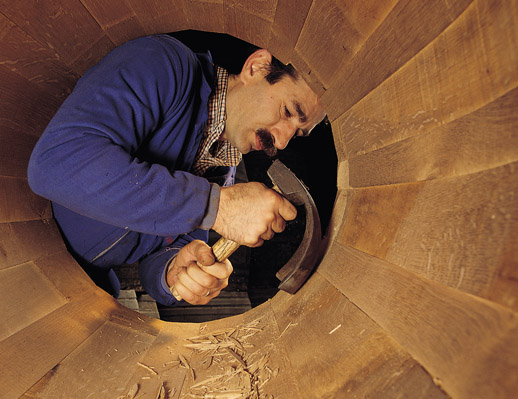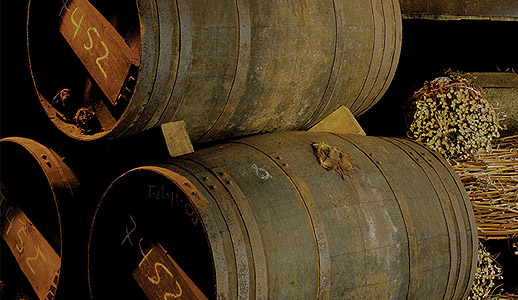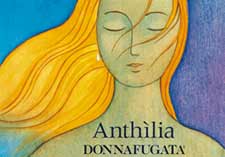Wine of the Moment: Eberle Vineyard Select Cabernet
Beth Ribblett
 Paso Robles Cabernets are some of my favorites in terms of immediate accessibility. But further distinction can be made in terms of Cabernet produced on the east or west side of the dividing line of the Salinas River paralleled by Highway 101. There is a lot of information out there on the differences in soil content, climate, rainfall and elevation of the east and west side of the river and how that effects what is in your glass.
Paso Robles Cabernets are some of my favorites in terms of immediate accessibility. But further distinction can be made in terms of Cabernet produced on the east or west side of the dividing line of the Salinas River paralleled by Highway 101. There is a lot of information out there on the differences in soil content, climate, rainfall and elevation of the east and west side of the river and how that effects what is in your glass.Located on the east side of the dividing line, Paso Robles pioneer Gary Eberle has been making premium wines for more than 35 years. Today, Eberle is one of the highest award-winning wineries in the U.S. and ranks in the top 10 of gold medal award-winning wineries in the country.
Gary chose the east side for his winery for a number of reasons including the infertile loam and clay loam soils, higher daytime temperatures and lack of rainfall (only 12" per year). And if you've ever tasted his cabs, you know that he chose his site well!
From their website: "Eberle Vineyard Selection Cabernet Sauvignon displays 100% varietal characteristics blended from five distinguished Paso Robles vineyards, including the Eberle Estate vineyard. Once complete, the lots were barreled separately in a mix of American and French oak barrels. After the first racking, each lot was tasted then blended and left in barrel for 18 months. Approachable and enjoyable in its youth, lush with flavors of wild berries, cassis and moderate tannins, it is also worthy of aging for several years.
Layers of cabernet fruit exuding rich flavors of currant and dark berries with a firm structure of tannins easily complement a variety of favorite dishes including braised lamb shanks with rosemary, roasted duck, or a juicy rib-eye steak with a dollop of blue cheese."
Meet Gary and try his incredible wines at our Tuesday night tasting including the delicious Vineyard Select Cabernet!


































